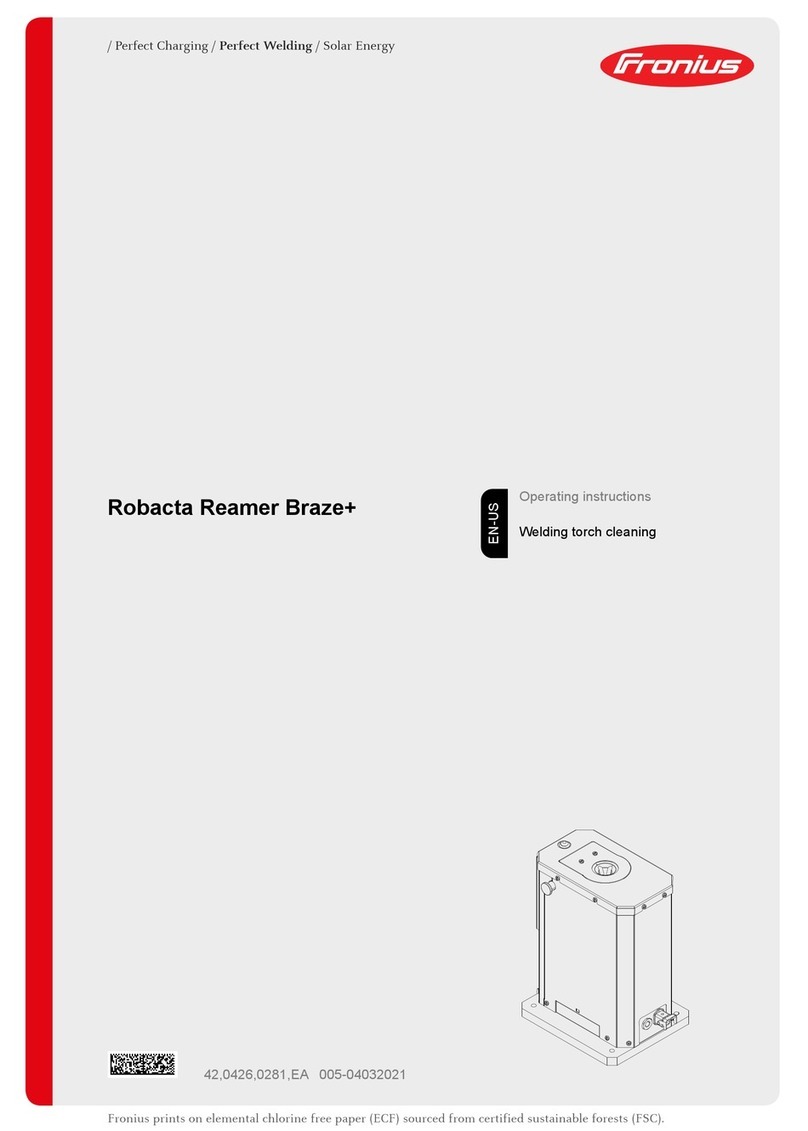
Only ever perform the plasma surface treatment in areas at risk of fire and ex-
plosion, on sealed tanks, drums, or pipes if these have been prepared in accord-
ance with corresponding national and international standards.
Do not perform the plasma surface treatment on containers in which gases,
fuels, mineral oils, and the like are/were stored. Residues pose a risk of explosion.
Do not perform plasma surface treatments on materials or contamination which
could cause a fire when the plasma arc is operated.
Hazards from
Grid Current and
Process Current
An electric shock is life-threatening and may be deadly.
Do not touch voltage-carrying parts inside or outside the device.
Ensure suitable personal protection with dry temporary backing or cover with
sufficient insulation against the ground potential. The temporary backing or cov-
er must completely cover the entire area between the body and the ground po-
tential.
All cables and leads must be secured, undamaged, insulated, and adequately di-
mensioned. Replace loose connections and scorched, damaged, or inadequately
dimensioned cables and leads immediately.
Before every use, check power connections for secure fit by hand.
In the case of power cables with bayonet connectors, turn the power cable by at
least 180° around the longitudinal axis and pretension.
Do not wrap cables or leads around your body or parts of the body.
The electrode
-never immerse it in liquids to cool it
-never touch it when the power source is switched on.
The open circuit voltage of a device may double, for example, between two
voltage-carrying electrodes. Touching the potentials of both electrodes at the
same time may be life-threatening in some cases.
Have the grid and device supply lead regularly inspected by an electrician to en-
sure that the ground conductor is functioning properly.
Only operate the device on a grid with a ground conductor and a socket with a
ground conductor contact.
Operating the device on a grid without a ground conductor and on a socket
without a ground conductor contact is considered gross negligence. The manu-
facturer accepts no liability for any damage resulting from improper use.
Use suitable equipment to ensure that the workpiece is sufficiently grounded if
necessary.
Switch off unused devices.
Before working on the device, switch off the device and remove the mains plug.
Secure the device to prevent the mains plug from being connected and switched
on again by applying a clearly legible and understandable warning sign.
After opening the device:
-Discharge all electrically charged components
-Ensure that all components are disconnected from the power supply.
If work is needed on voltage-carrying parts, bring in a second person who will
switch off the main switch at the correct time.
10
































